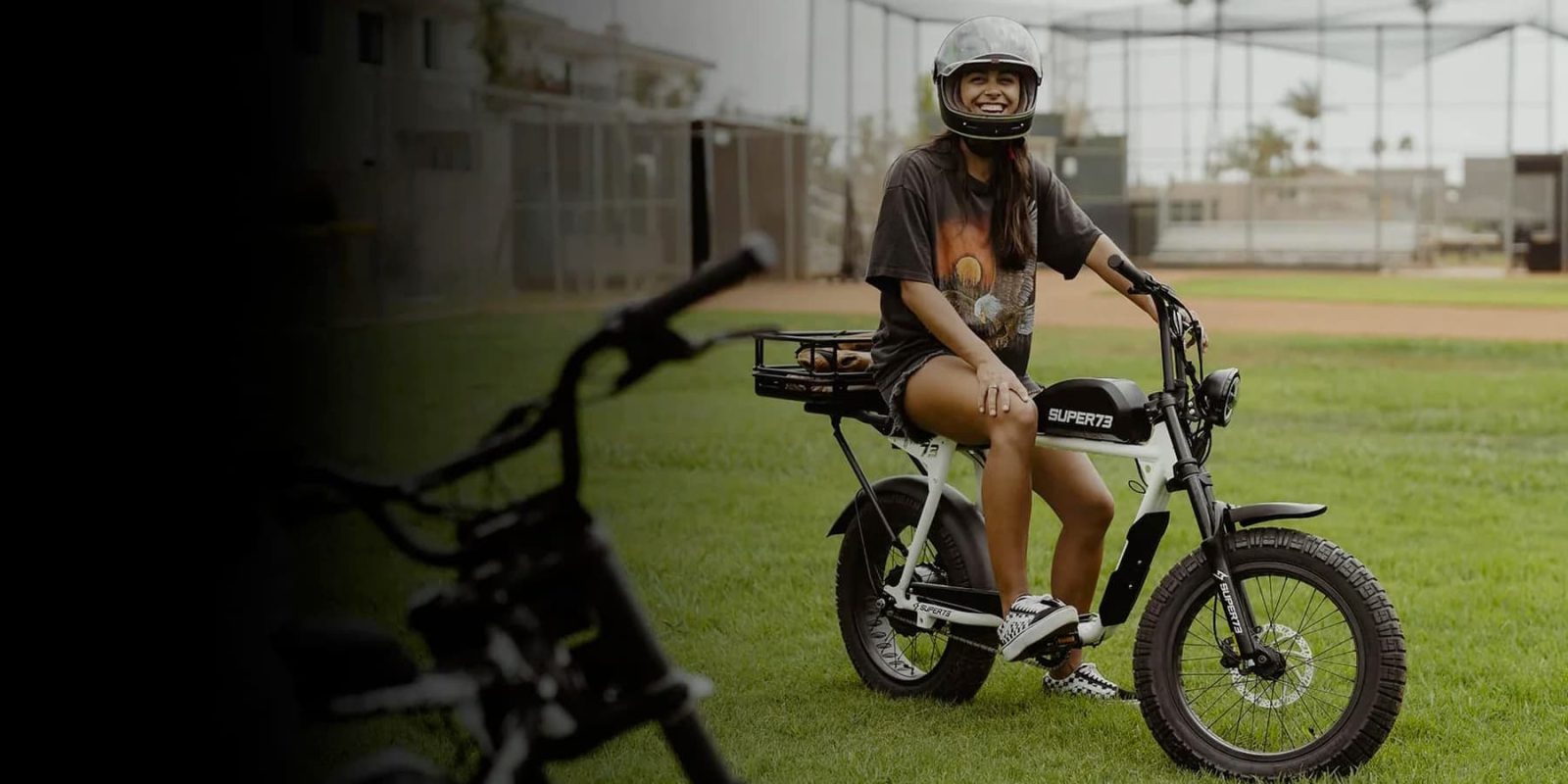
As electric bicycles surge in popularity, many parents are considering them as viable transportation alternatives for their teenagers. From getting to school or practice on their own to riding around with friends, e-bikes are a great way to give teenagers freedom without tossing them the family car keys.
Electric bicycles offer an eco-friendly solution, merging traditional cycling with an added boost. If you’re contemplating buying an e-bike for your teen, here are some crucial tips to guide your purchase.
Consider whether your teen is ready for an e-bike
Far be it for me to parent your kid, but suffice to say that not all teenagers are ready for an electric bike. Heck, anyone whose been on the road lately can probably attest to the fact that not all adults are ready for a car driver’s license.
Consider whether your teenager is responsible enough to make important decisions like where to ride, how fast to travel, and how to ride with friends. If they’ve never taken driver’s education, consider enrolling them in some type of course to learn the rules of the road. There are several new options for e-bike specific road training courses online. Also consider planning out routes to school or other common areas with your teen first to find the best, safest roads and bike lanes for a journey.
Additionally, make sure your teenager is responsible enough to correctly lock their e-bike each time they park, as electric bike theft is rampant in many parts of the country.

Safety first!
Ensure the e-bike has robust safety features. Some budget-level electric bikes skimp on parts like lighting and quality brakes. Look for models equipped with bright LED lights and good reflective materials (many tires now have reflective sidewalls so riders can be quickly seen when a car’s headlights approach from the side). Keep in mind that most direct-to-consumer electric bikes that are ordered online and delivered to your home don’t come with their reflectors installed, as these can break off in shipping. Many people will forget to install the reflectors, but make sure you fish them out of the bottom of the box and put them on the bike. E-bikes are required by law to have reflectors, but they don’t necessarily have to come installed.
Also, check for effective braking systems. Many riders prefer hydraulic disc brakes for their lower maintenance and higher stopper power compared to mechanical disc brakes, though mechanical brakes can be just fine as well. Rim brakes are rarely seen on e-bikes anymore and are usually a sign of a cheap e-bike.
And remember, a helmet should be a non-negotiable accessory. When your kid pays the bills one day, they can make that decision for themselves. For now, it should be a requirement that comes with the responsibility of riding an e-bike.

Which style of e-bike is right?
There are literally hundreds of models of e-bikes available in the US, each with its own features and styles. Consider what your teenager needs most.
If he or she is commuting to school on roads and bike lanes, 2-3″ tires and a basic triangle or step-through frame is plenty.
If off-road riding is on the table, consider the potential of fat tires or more suspension.
If you’ll need to pick your teen up on occasion, a folding bike can be tossed in the trunk on one-way rides. This is great for times you need to meet your teen somewhere to head out together but they had already ridden there on their own. No need to head back for the bike when you can take it with you.
If this all seems like too much to think about, then a safe bet that will work for 95% of riders is a utility or folding e-bike with 20″ x 3″ or 20″ x 4″ tires. Think something like a RadRunner, Lectric XP, or Super73 ZX.
While electric cargo bikes are a great option for carrying lots of stuff, they’re not as ideal for teens due to their larger size that sometimes requires more calculated and careful riding. And on that note, while passenger packages that allow some e-bikes to carry a second rider are very useful tools, keeping one teenager per bike is probably a good idea to reduce distractions. I love riding two-up, but there’s a time and a place.

Don’t get bogged down on figures like range and battery
You might naturally try to get into the weeds when it comes to comparing ranges, but you shouldn’t. And the reason is because most e-bikes these days are pretty darn similar in that regard.
If you really like data and numbers, look for the battery capacity measured in watt-hours (Wh) instead of the company’s claimed range figures. Almost all e-bikes worth considering will have somewhere between 450 to 700 Wh of battery capacity, which is going to result in somewhere around 20-30 miles (29-48 km) of range per charge. There are a few exceptions of nice bikes with tiny little batteries, but for the most part, don’t get bogged down on range comparisons. Just make sure it’s got a battery of roughly 500Wh and your teen should have plenty of battery for getting around most towns. And if they ever find that they’re running low, just tell them to ride slower. Or pedal.
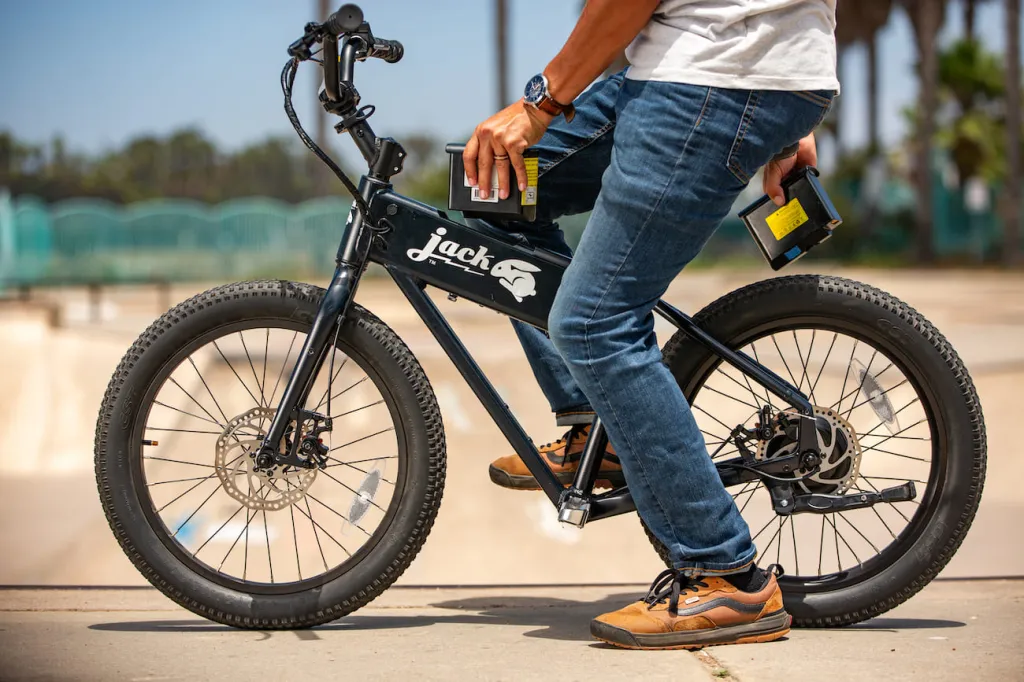
E-bike classifications: Which one is best?
Most states in the US use the three-class system for e-bikes. Class 1 e-bikes can hit 20 mph (32 km/h) and only engage the electric motor when the pedals are turning. Class 2 e-bikes are the same except that they can have a hand throttle like a motorbike that activates the motor without any pedaling necessary. Class 3 e-bikes are like Class 1 e-bikes but are allowed to hit speeds up to 28 mph (45 km/h). Class 3 e-bikes generally aren’t allowed to have throttles. All three classes limit motor power to 750W (one horsepower). As a side note, there are many e-bikes that blur the line between Class 2 and 3, as they have throttles but the throttle cuts out at 20 mph, meaning the rider has to pedal to push further up to 28 mph. While this doesn’t fit most strict interpretations of the rules, they seem to slip by in many areas as fulfilling the spirit of the law, if not the letter of the law.
All three of these e-bikes are generally allowed on all public roads and bike lanes where bicycles are allowed, though many trails and off-road areas will limit to Class 1 e-bikes only.
Your teenager will almost certainly want a Class 2 e-bike or one of the gray-area hybrids between Class 2 and Class 3 e-bikes. Basically, they will want a throttle because their friends’ e-bikes will have a throttle. Throttles are great for getting rolling at the bottom of a hill or just helping return home after a long day when you’re tired and don’t feel like pedaling. But consider that a Class 1 or true Class 3 e-bike might be more appropriate for your teenager as it will require some level of effort on their part and prevent them from treating the e-bike like a small format motorcycle.
I say this as someone who predominately rides throttle-controlled e-bikes and prefers to have a throttle, but I still know there’s a time and a place for pedaling. And when you’re a healthy young kid who might benefit from not being able to zoom down a sidewalk at top speed, not having a throttle might just be a good thing sometimes.
One thing to consider though is that in the US it is much harder to find pure Class 1 e-bikes, in part because they simply don’t sell as well. But many – if not most – Class 2 and Class 3 e-bikes can be limited to Class 1 performance in their settings. If you think your kid might just change the settings back to “fun” mode, you can usually just unplug the throttle also. Check with the vendor of the e-bike to see if their throttles can be unplugged and removed, if that’s something you’d like control over. Just know that your kid is going to be annoyed. But hey, a Class 1 e-bike is a lot better than a Class 0 e-bike, kiddo!

Test ride, if you can
There are lots of gifts that make great surprises. Electric bikes, much like puppies, are not one of them. There are so many different styles of e-bikes out there that it is much better to test the bike out first to make sure it feels right. Try and put your teenager on an e-bike to ensure he or she is comfortable with the size and handling.
This used to be more difficult, but many e-bike companies have expanded their dealer network and put their models in hundreds of brick-and-mortar stores. If you can, take your teen to test them out.
Another option is to borrow an e-bike from a friend or have them test out some of their buddies’ electric bikes.
Going in blind used to be the norm when most electric bikes were ordered sight unseen, but these days you can often find a way to test them out first.
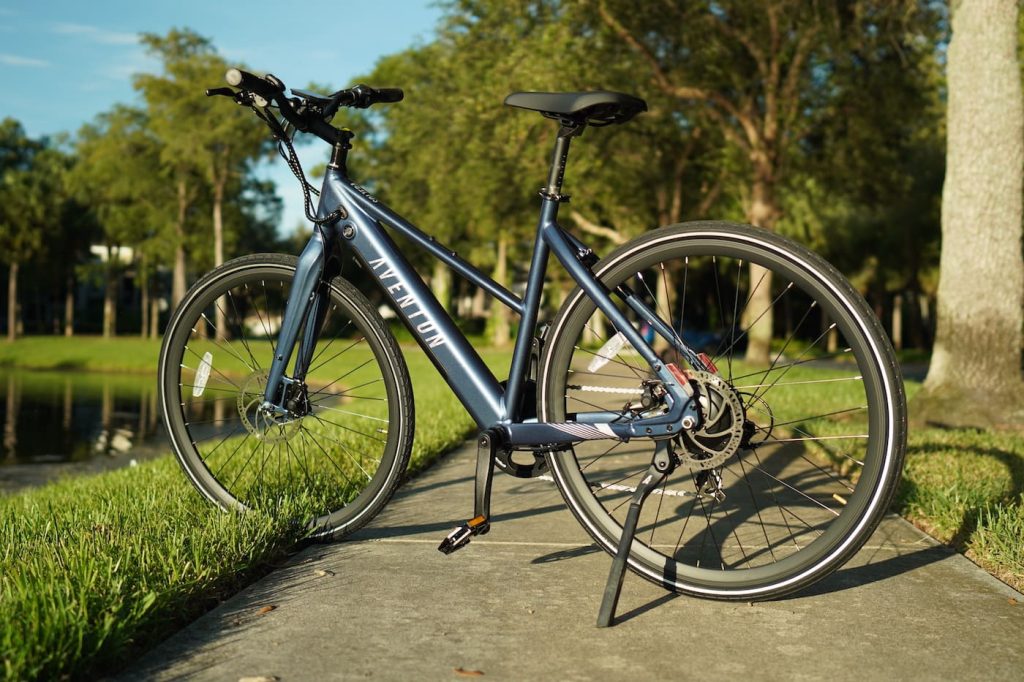
Consider a reasonable budget for a teen’s e-bike
I’m not saying don’t get your teenager a nice e-bike, but consider that depending on how old they are, they might only have it for a year or two before heading off to college. It’s also likely going to be treated somewhat rougher than the way you’d probably handle it. And they’re probably going to be parking all over town, increasing the risk of theft.
For that reason, a teenager’s first e-bike probably shouldn’t be an ultra-premium electric bike. That doesn’t mean cheap out either though. Below $500-$600, you’re usually (but not always) looking at low-quality parts, cheap batteries, and poor construction. There are plenty of good e-bikes in the $1,000 to $1,500 range, and lots of better options under $2,500. If you move up to $3,000-$4,000, you get into some really high-quality stuff, and if you can swing that much on your teen’s e-bike then that’s great. But for many people, $1,000-$2,000 is the sweet spot for a good bang-for-your-buck e-bike that will balance safety and quality with cost.
We’ve got a great breakdown of the best electric bikes in every price range, if you want more guidance on specific models and prices.
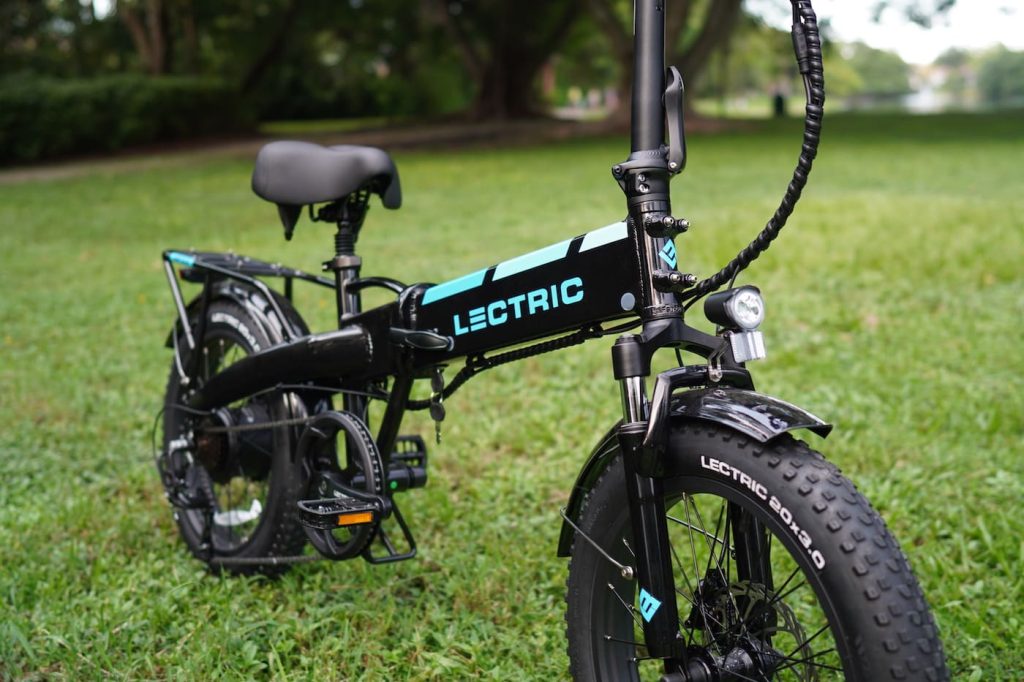
Don’t be afraid of reviews
There’s never been a time in history when online reviews were less helpful than right now. What was originally a helpful tool has turned into a manipulated system of spite and revenge. Look no further than online e-bike communities like those on Reddit or Facebook, where you can type in any e-bike company name followed by “nightmare” and find some horror story about something going wrong or some bad customer service experience.
I basically live rent-free in these communities for several hours a day, and I constantly see new horror stories followed by a bunch of replies from people saying they’ve only had an amazing experience with that company. Who do you believe? Is Company XYZ the best or the worst? Many of these reviews are true. Some are from spiteful customers who didn’t get the answer they wanted from a company. Many others are from bots. Some are paid for by the company’s competitors. It’s a clusterduck of unhelpfulness. Well, unless there are several pictures of people’s bikes breaking in half. That’s pretty solid, so to speak.
So try this as an alternative. Instead of being scared off by reviews, look for companies that maintain large US workforces and customer support teams. This isn’t an exhaustive list, but companies like Aventon, Lectric eBikes, Rad Power Bikes, Ride1Up, Super73, and others may all sell Asian-built electric bikes, but they are US-based companies with local support teams. They all surely have horror stories online about “bad service” but also have tens of thousands of happy customers who rely on that local support. Ultimately, put more emphasis on warranty and support options.
There are even some companies that make their e-bikes locally and offer super-long warranties, such as Electric Bike Company, though we don’t have time here to wade into the locally “built” vs. “assembled” argument.
The point is, research a company’s record but also consider their warranty, their local customer support, and other issues beyond just a few nightmarish reviews online, since all companies have them.
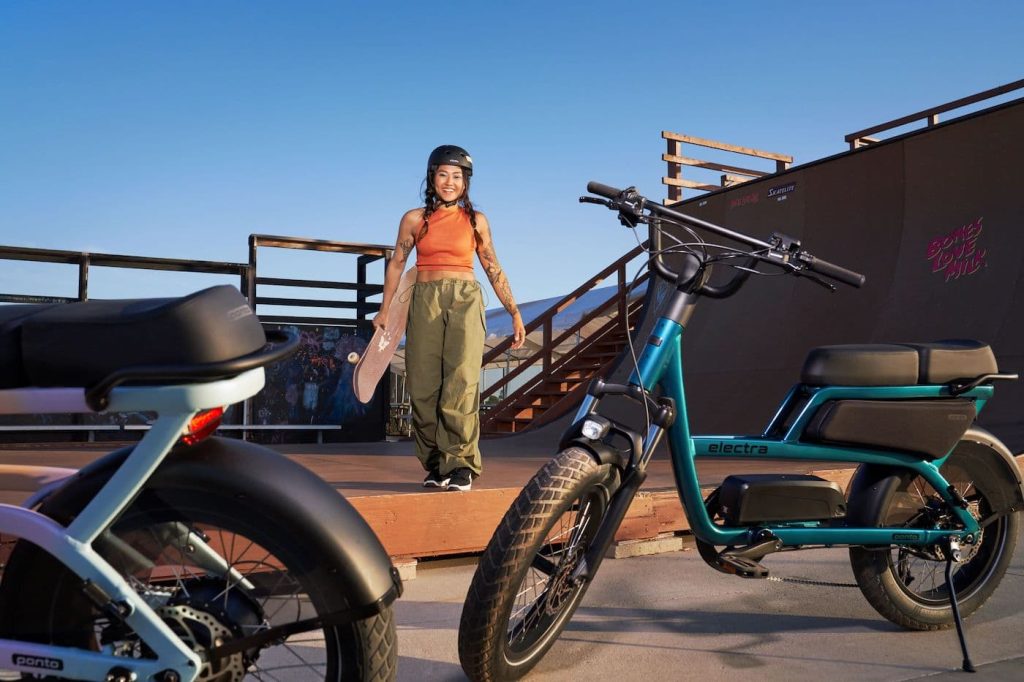
In conclusion, buying an e-bike for your teenager can be an empowering decision, fostering independence and environmental responsibility. It’s a great opportunity to teach accountability, timeliness, and personal responsibility to your teen while also freeing up your own schedule instead of being the family chauffeur.
Hopefully by following these tips, parents like you can ensure that you’re making a sound investment for your teen’s mobility needs while also keeping them safe and protected.
Good luck!
FTC: We use income earning auto affiliate links. More.




Comments